10 Different Types of Sugar and How to Use Them for Baking - what is the difference between granulated sugar and caster sugar
20 different typesof bread
Nutrition info per slice: 60 cal, 3 g pro, 12 g carb, 3 g fiber, 3 g sugars (3 g added sugars), 1 g fat (0 g sat fat), 100 mg sodium

Typesofsandwich rolls
This gluten-free bread is packed with texture, subtle sweetness, and wholesome ingredients all in one. Ingredients like eggs, golden flaxseed meal, raisins, arrowroot flour, cashew butter, almond butter, almond flour, and more make for a hearty bread without classic grains.
Nutrition info per slice: 120 cal, 3 g pro, 26 g carb, 6 g fiber, 0 g sugars ( 0 g added sugars), 1 g fat (0 g sat fat), 320 mg sodium

Nutrition info per slice: 80 cal, 5 g pro, 15 g carb, 3 g fiber, 0 g sugars (0 g added sugars), 0.5 g fat (0 g sat fat), 75 mg sodium
One glance at the bread aisle in a typical grocery store would leave anyone with decision fatigue. Maybe you’re looking for a great slice of whole wheat for sandwiches or a crunchy, seeded loaf to pair with a bowl of soup. Or maybe you’re just wondering what’s the healthiest bread to keep on hand for everyday eating.
If you’re mildly gluten sensitive or have difficulty digesting regular whole-wheat bread, Ezekiel Sprouted Grain Bread might be a little easier on your stomach. The process of sprouting grains before they’re ground into flour seems to minimize the presence of phytic acid, which may make it a bit easier to absorb minerals like iron and calcium from your bread, says McDaniel.
Unlike breads that use commercial yeast to rise, sourdough is naturally leavened through fermentation. This gives the bread a pleasant, tangy taste. But is it healthier than yeast-leavened bread?
Bestbread forsubsandwiches
Extended warranties can save you hundreds, sometimes even thousands of dollars in unexpected repairs. You can contact us, or visit our store for additional details.
“Sourdough bread has similar amounts of calories and fiber to white bread, but it is lower in sugar and also higher in protein,” says Sassos. “Sourdough is typically made with very minimal ingredients, just a combination of water and flour that create a sourdough starter, whereas other breads may have added fillers, oils, and more.”
Nutrition info per slice: 171 cal, 4 g pro, 32 g carb, 5 g fiber, 0 g sugars ( 0 g added sugars), 4 g fat (0 g sat fat), 226 mg sodium
Meet the Experts: Lauren Harris-Pincus, M.S., R.D.N., author of The Protein-Packed Breakfast Club, Stefani Sassos, M.S., R.D.N., Nutrition Lab Director at the Good Housekeeping Institute, Jen McDaniel, R.D.N., founder of McDaniel Nutrition Therapy, Frances Largeman-Roth, R.D.N., author of Eating In Color, Vanessa Rissetto, M.S., R.D., C.D.N., and input from Prevention Test Kitchen writers.
Best softbread for sandwiches
Carbohydrates like bread are essential to a balanced diet, but they can offer vastly different nutritional benefits. “Look for 100% whole grain or sprouted grain breads with minimal ingredients,” says Stefani Sassos, M.S., R.D.N., Nutrition Lab Director at the Good Housekeeping Institute. Whole grain bread is more nutrient-dense and may keep your blood sugar steady, while white bread has the opposite effect. Whole grain is one thing to keep in mind when shopping for bread, but what you buy will ultimately depend on your tastes and health goals.
For those watching their carb and calorie intake, but still want a white bread–like flavor and texture, Harris-Pincus loves this option. She says it tastes just like regular white bread, with a fraction of the calories and a ton of fiber.
Healthiestbread for sandwiches
5 typesof breadused in sandwich making
A blend of seven hearty grains such as wheat berries, barley, and millet, make this winner super hearty. Plus, they’re sprouted, giving your body a head start on nutrient absorption. And we love that it’s high in fiber and protein, but low in carbs, making it a great base for a morning meal that will boost energy and keep you feeling full.
For more than 70 years, Prevention has been a leading provider of trustworthy health information, empowering readers with practical strategies to improve their physical, mental, and emotional well-being. Our editors interview medical experts to help guide our health-focused product selections. Additionally, Prevention also examines hundreds of reviews—and often conducts personal testing done by our staff—to help you make informed decisions.
The winning breads are a combination of editor and R.D.N. picks, and all fall within the nutritional guidelines (low sugar, high fiber, and/or whole grain) set by our experts.
This is a healthy pick for most people looking for wholesome, recognizable ingredients, as long as they’re not gluten sensitive. It contains a decent amount of protein and fiber, and is packed with flax, sunflower, and pumpkin seeds.
“It’s so easy to get lost in the supermarket,” says Lauren Harris-Pincus, M.S., R.D.N., author of The Protein-Packed Breakfast Club. There are lots of loaves that claim to be “healthy” because they contain fiber, vitamins, or minerals, but which ones are really the best?
If you enjoy the taste and aren’t worried about your calorie or fiber intake, it’s a less-processed alternative to white bread, though it may not pack in as many nutrients as whole grain or sprouted bread.
Bestbread for sandwichesrecipe
We reached out to a variety of registered dietitian nutritionists including Lauren Harris-Pincus, M.S., R.D.N., author of The Protein-Packed Breakfast Club, Stefani Sassos, M.S., R.D.N., Nutrition Lab Director at the Good Housekeeping Institute, Jen McDaniel, R.D.N., founder of McDaniel Nutrition Therapy, Frances Largeman-Roth, R.D.N., author of Eating In Color, and Vanessa Rissetto, M.S., R.D., C.D.N. and asked them what they looked for in a healthy bread and which brands and products they loved. We also tapped into the Prevention editorial team, including culinary pros in the Prevention Test Kitchen for additional picks and tasting notes.
Since many gluten-free breads are made from corn or rice starch, they tend to be low in fiber and protein. Instead, look for a loaf made with chickpea flour, oat flour, or gluten-free whole grains, like millet or quinoa. Happy Campers’ Gluten-Free Classy Slice packs whole-grain buckwheat, quinoa, and amaranth, plus some prebiotic fiber.
Nutrition info per slice: 40 cal, 2 g pro, 13 g carb, 7 g fiber, 1 g sugars ( 0 g added sugars), 0.5 g fat (0 g sat fat), 125 mg sodium
Most conventionally sold rye bread is a bit of a nutritional dud, containing refined wheat flour and only around a gram of fiber, says McDaniel. However, if you can get your hands on a quality rye with “whole rye” near the top of the ingredient list, it may be worth it—rye contains resistant starch, a type of carb that acts like fiber, filling you up and helping you feel satisfied longer, says Largeman-Roth. Mestemacher’s Whole Rye Bread is made with only five basic ingredients: organic whole-kernel rye, water, organic rye flour, sea salt, and yeast.
Typesof bread for sandwicheswith pictures
Nutrition info per slice: 90 cal, 5 g pro, 18 g carb, 3 g fiber, 0 g sugars (0 g added sugars), 0.5 g fat (0 g sat fat), 75 mg sodium
Yes! Whole grain or sprouted grain breads with minimal ingredients can be a nutrient-dense and delicious addition to a healthy diet. “Sprouted grain bread is typically higher in protein, fiber and beneficial vitamins and minerals than other breads,” says Sassos. “It’s an easy swap on sandwiches, but be mindful that it can spoil quickly. I like to keep my sprouted grain bread in the freezer to preserve it’s freshness.”

Nutrition info per slice: 90 cal, 3 g pro, 9 g carb, 3 g fiber, 2 g sugars ( 0 g added sugars), 5 g fat (1 g sat fat), 105 mg sodium
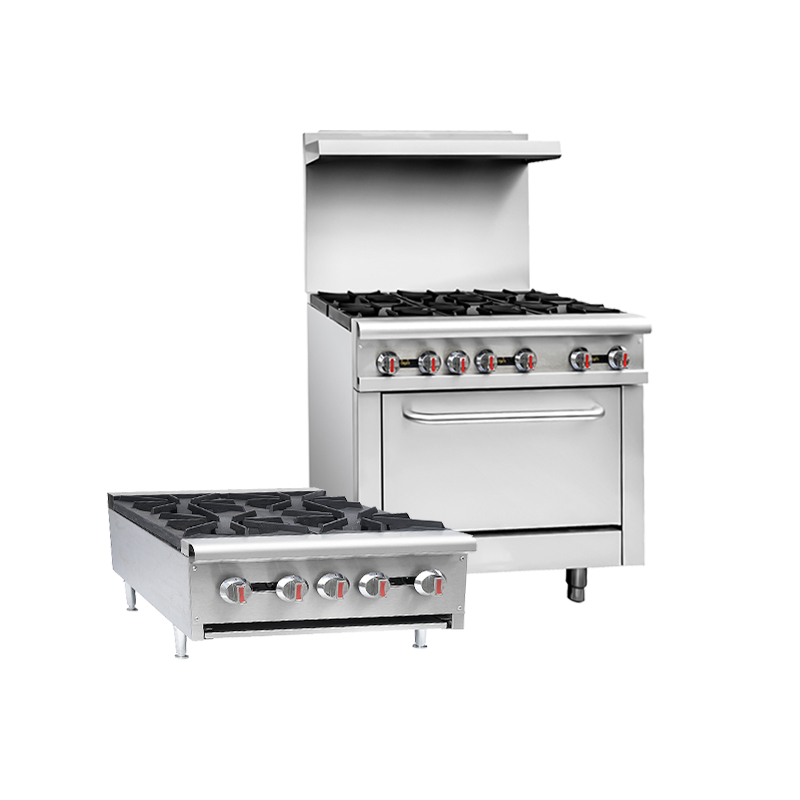
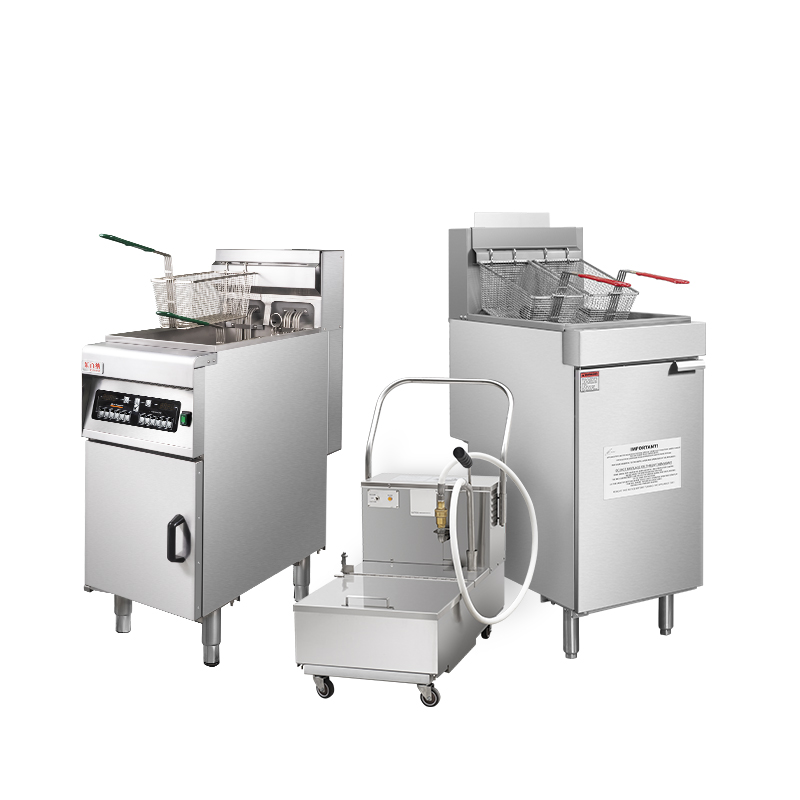
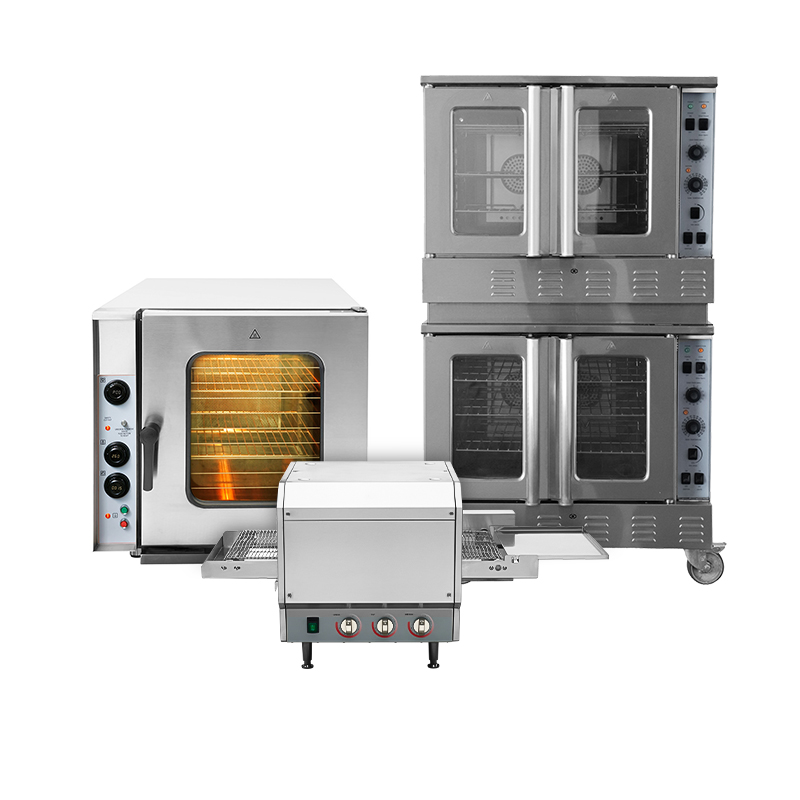
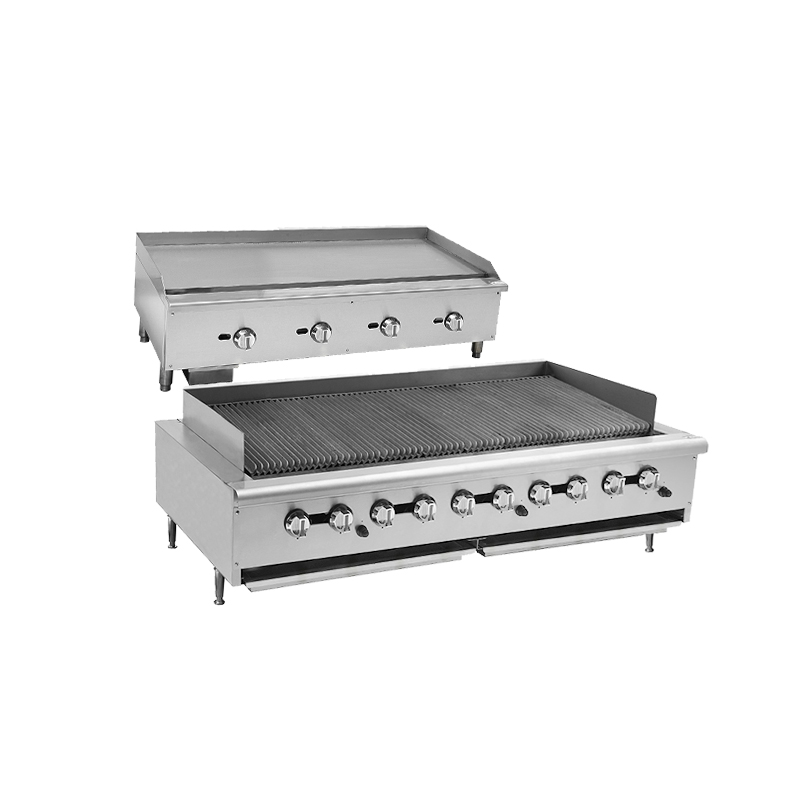
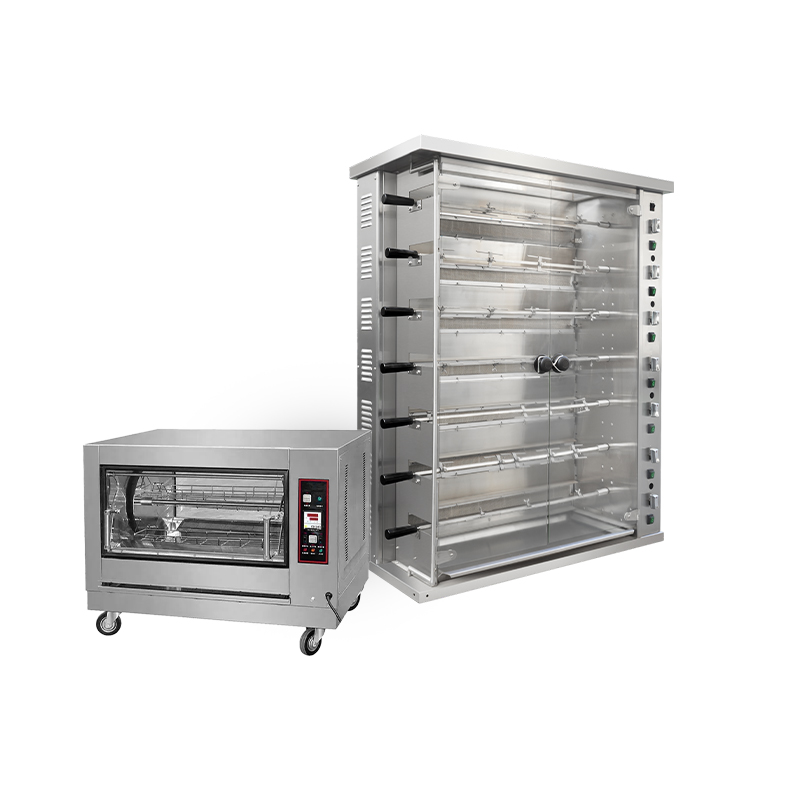
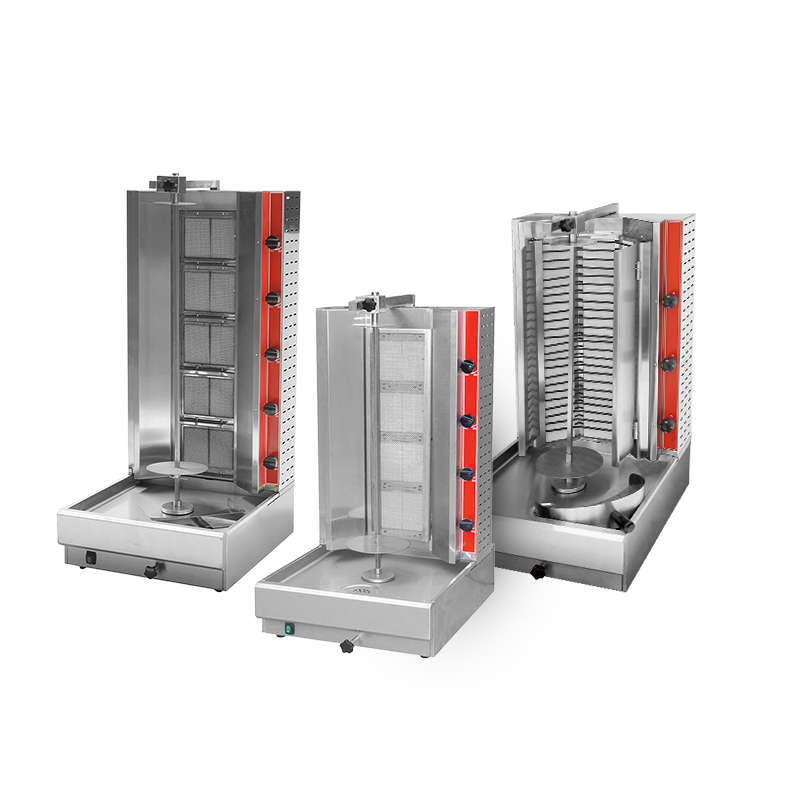
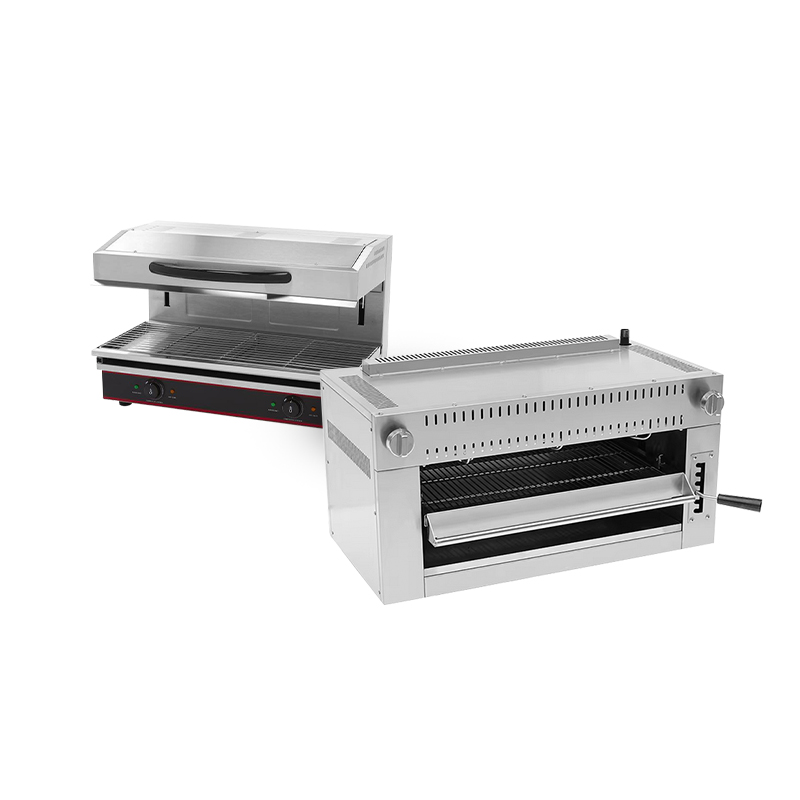
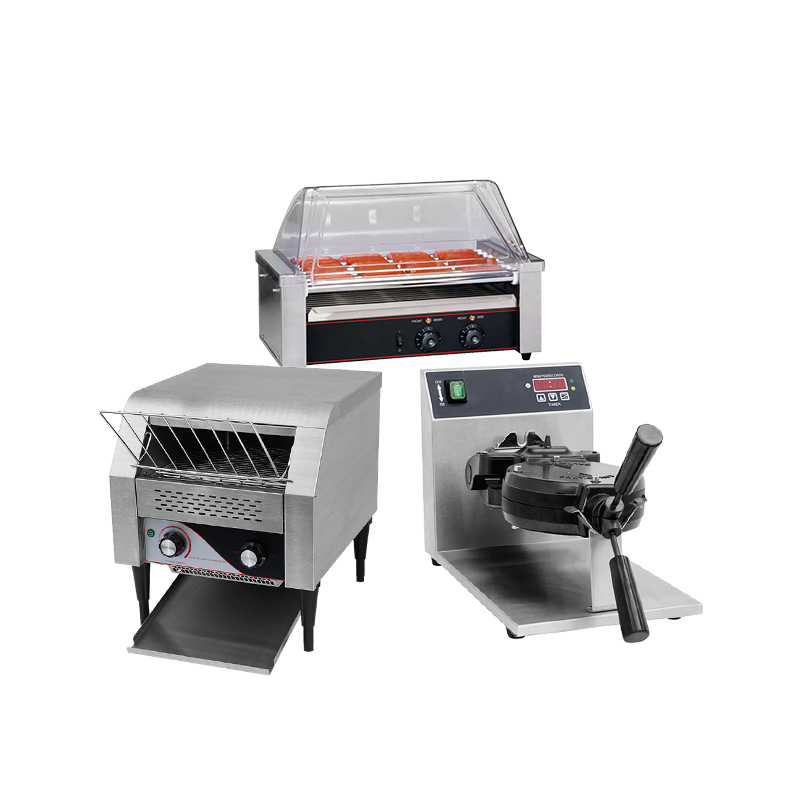
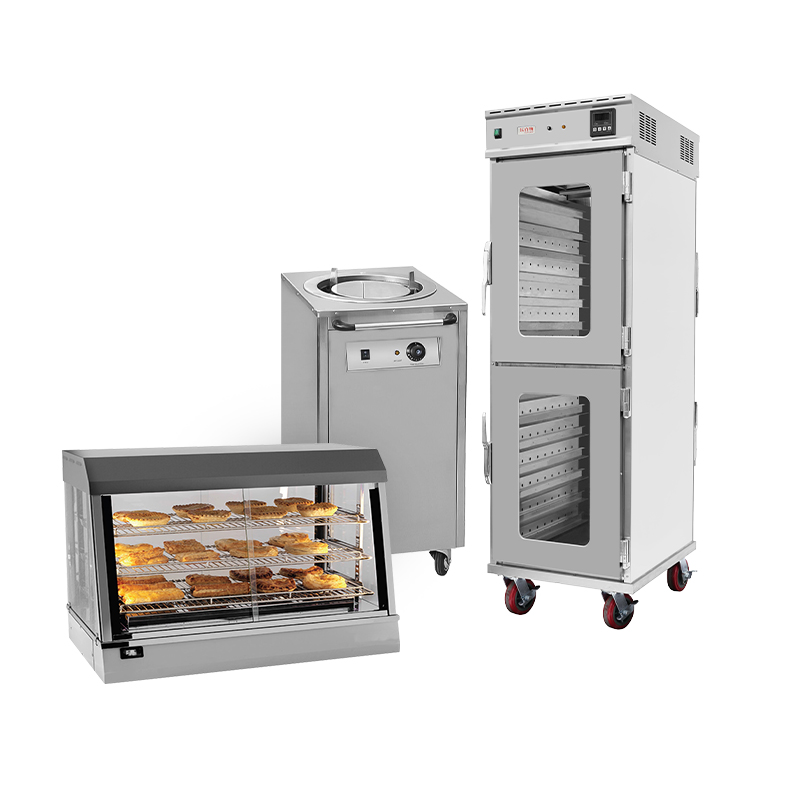
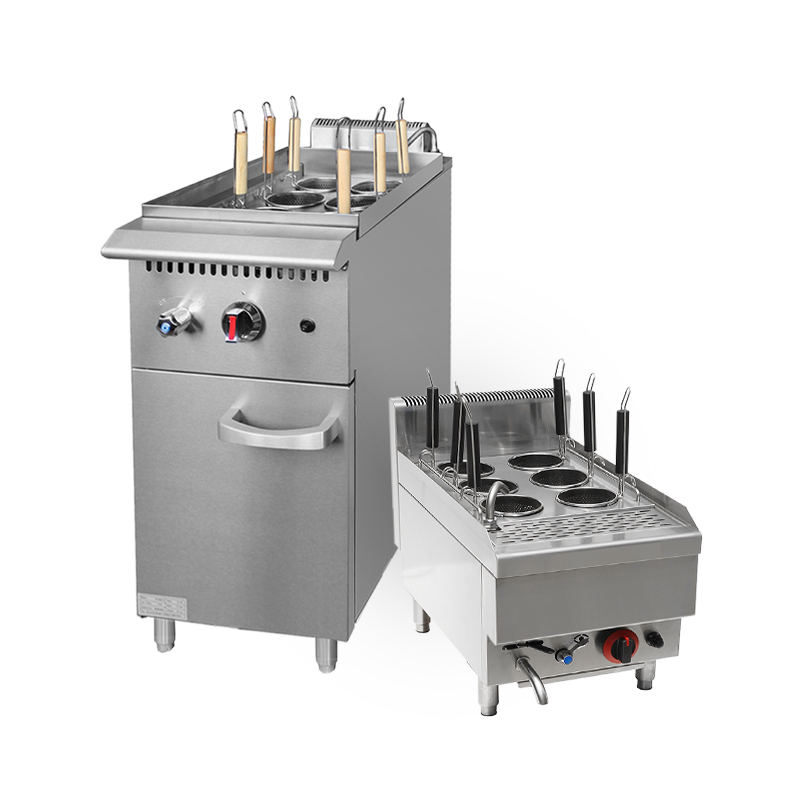
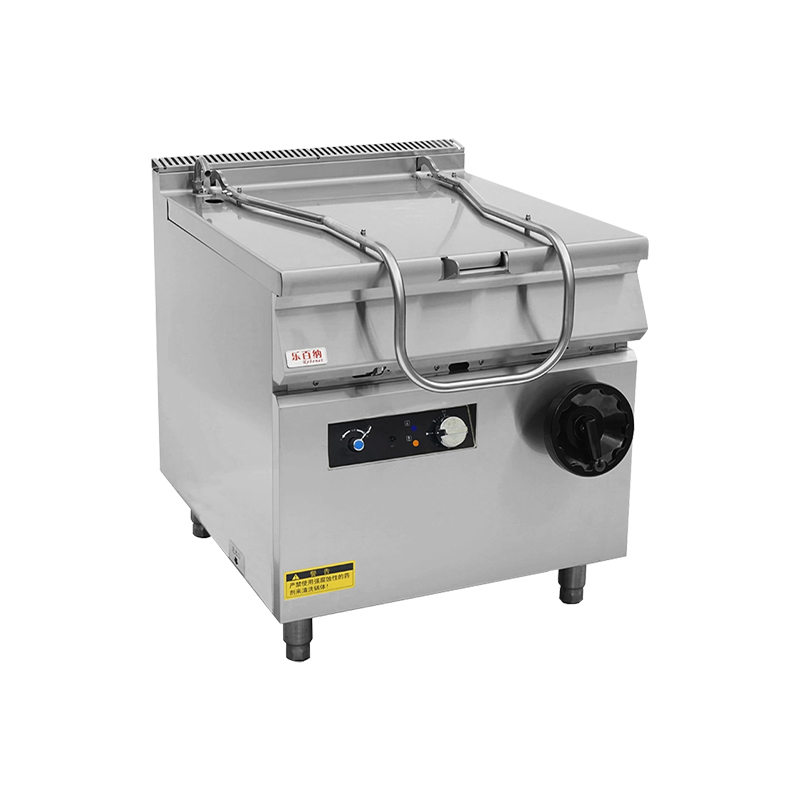
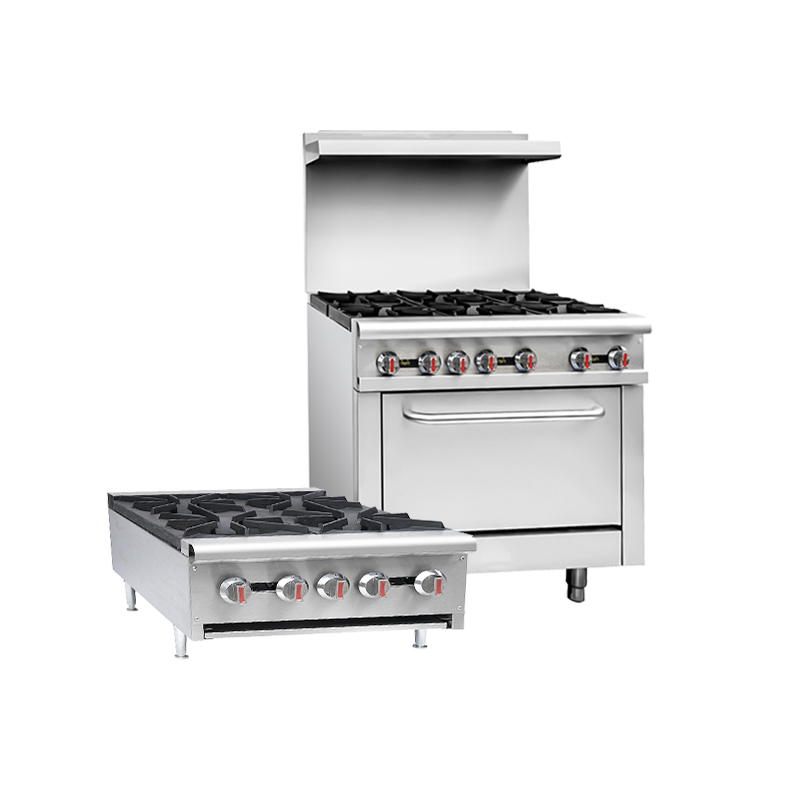
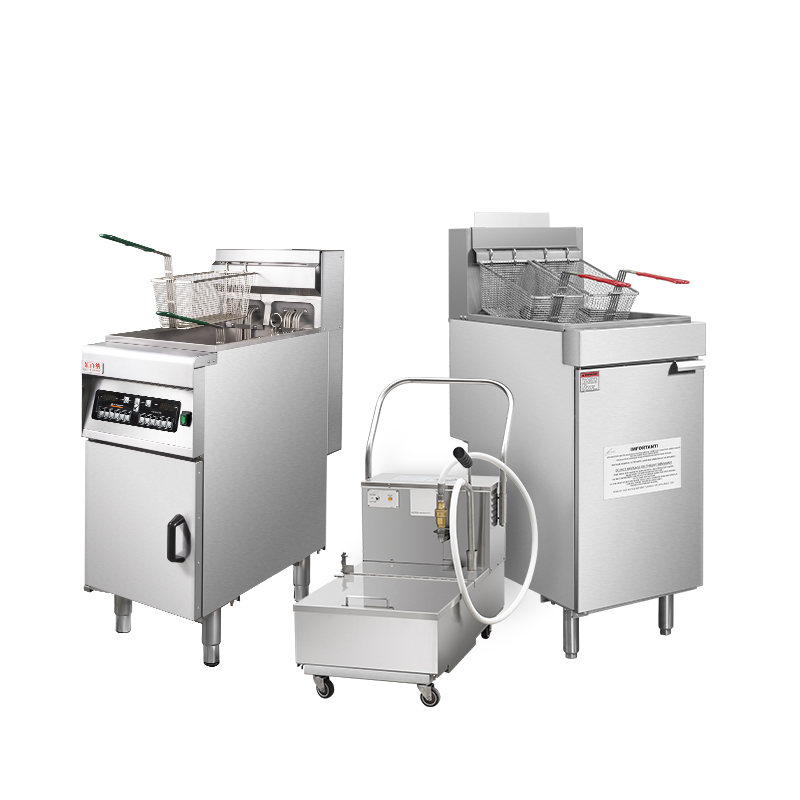
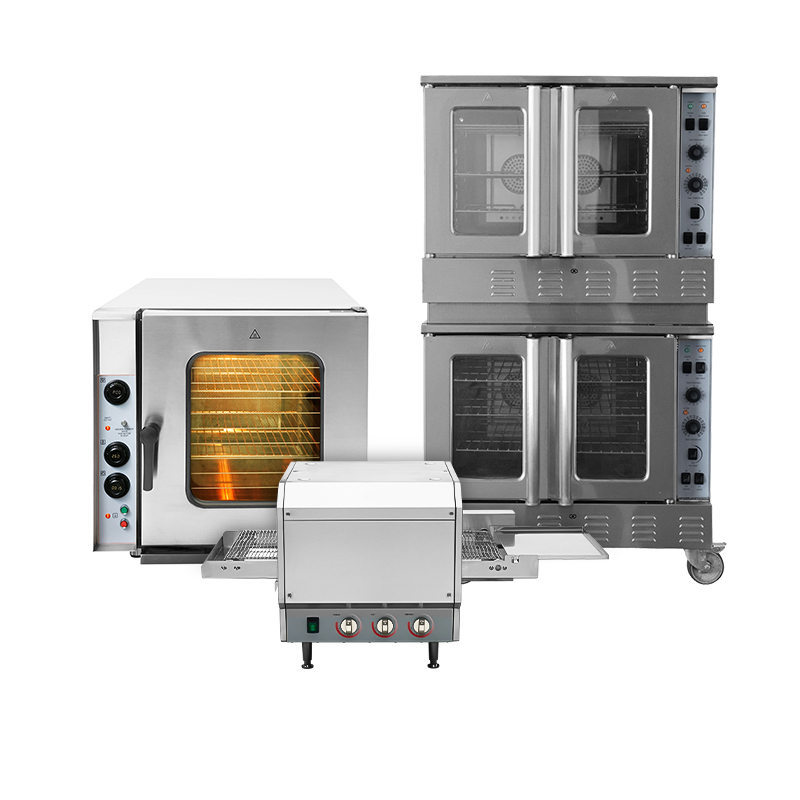
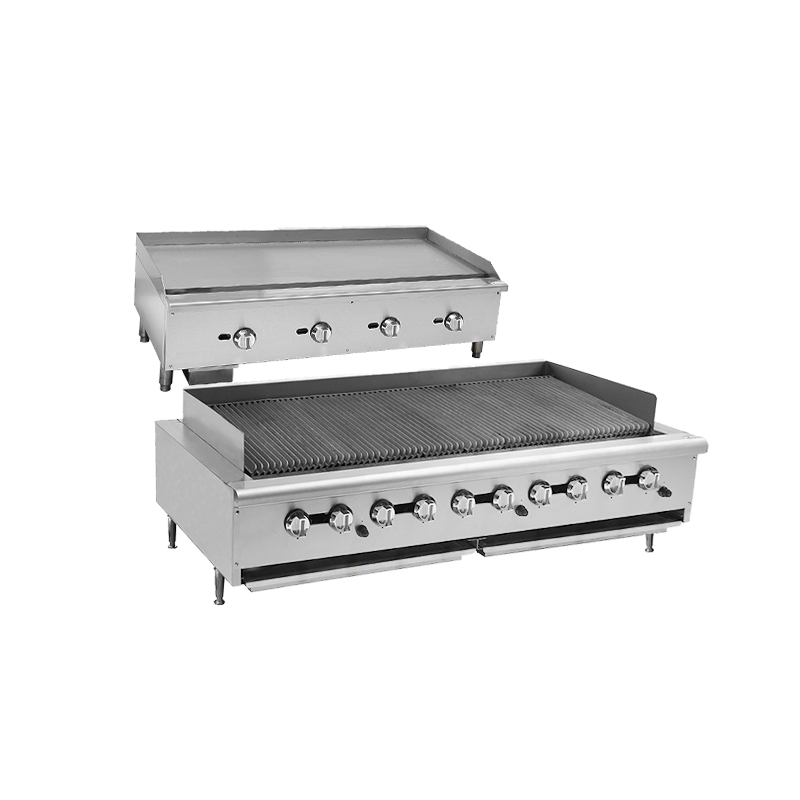
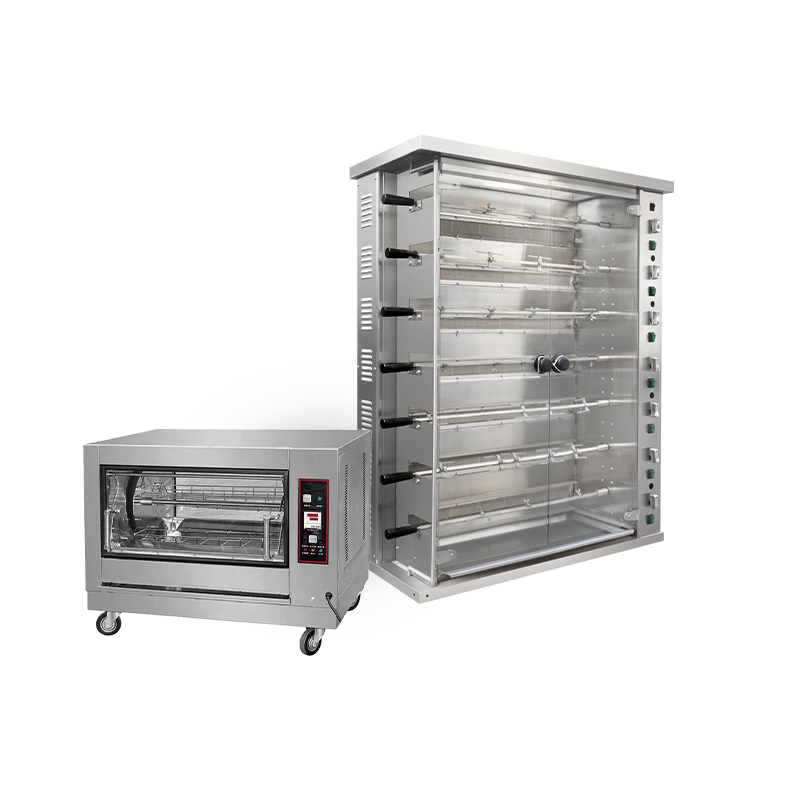
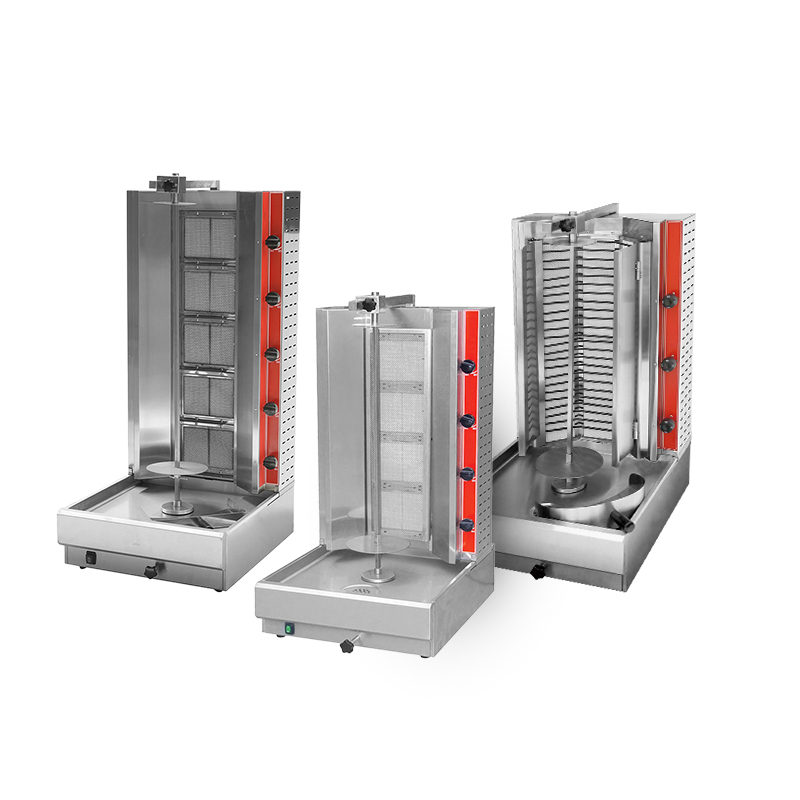
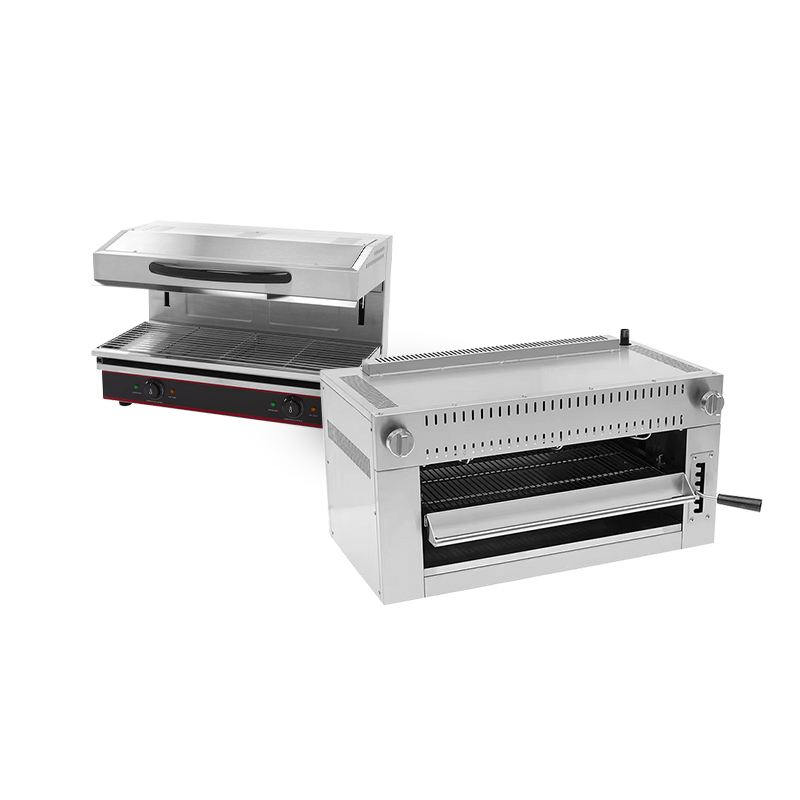
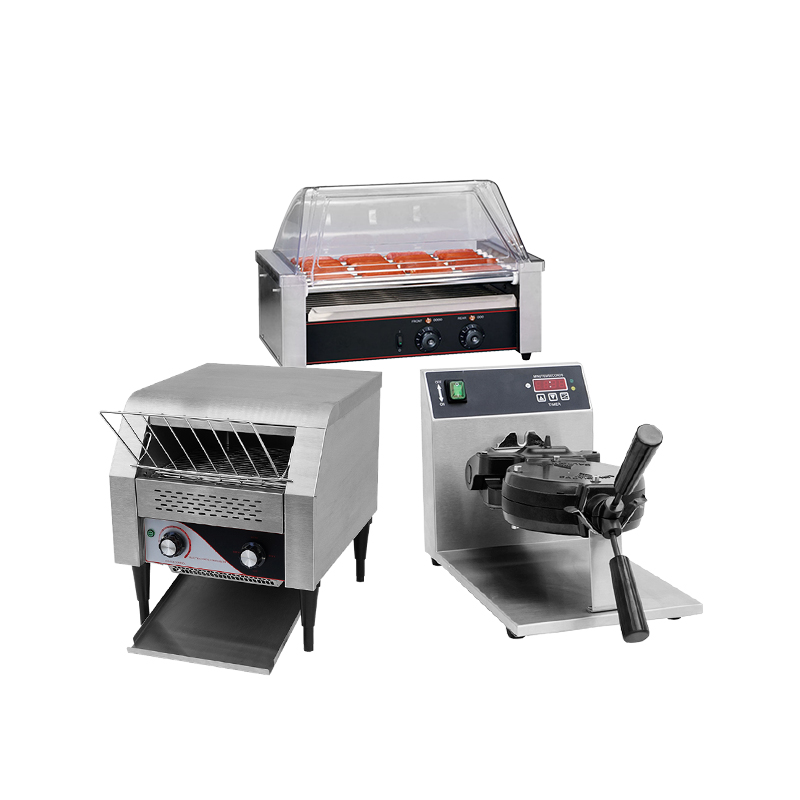
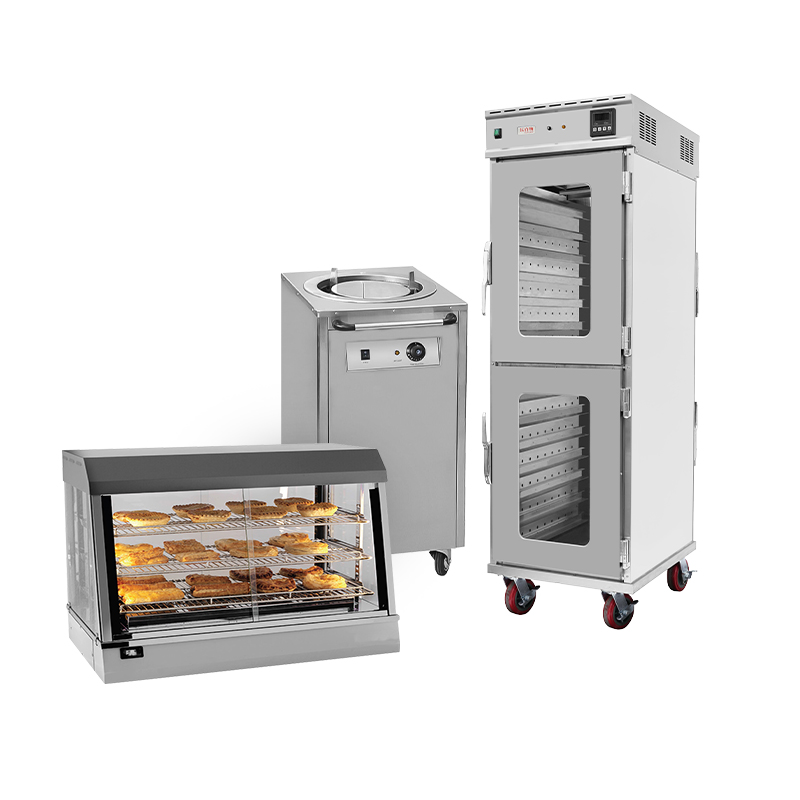
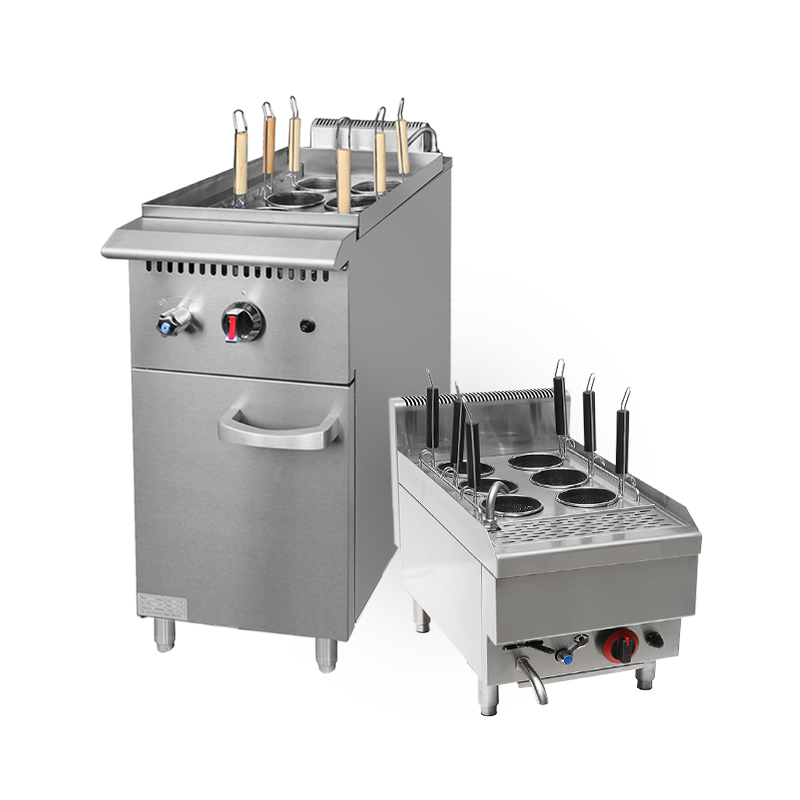
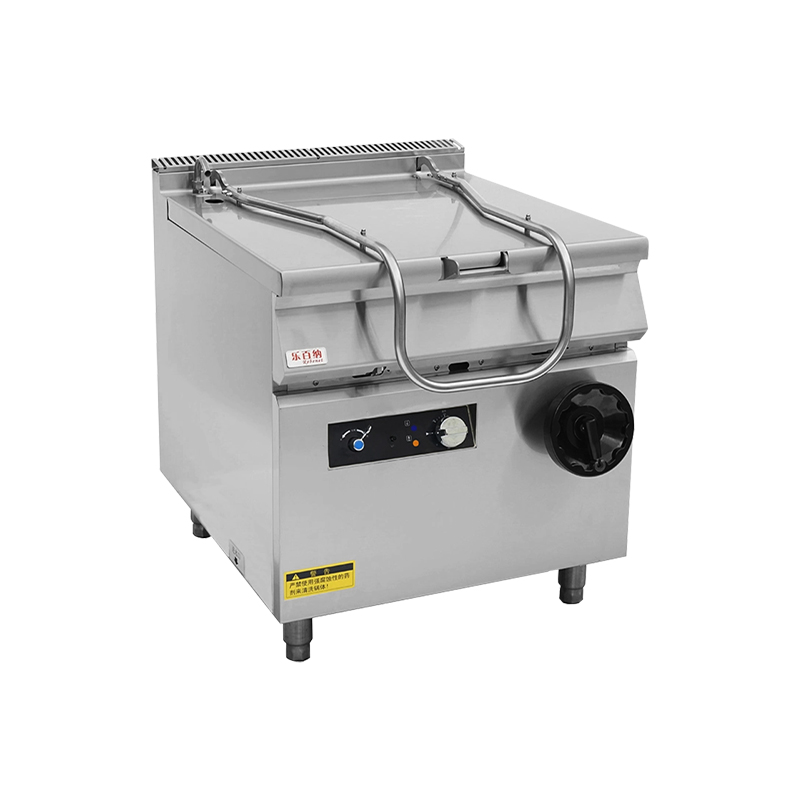




 15920168155
15920168155